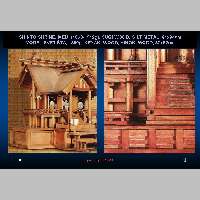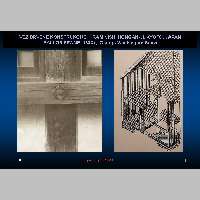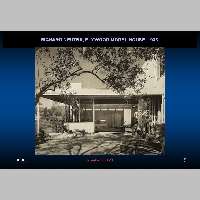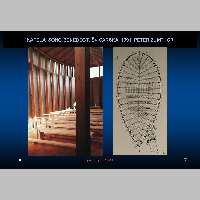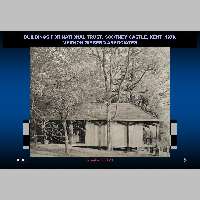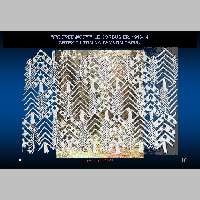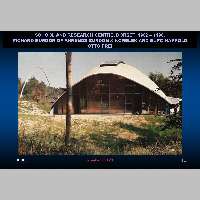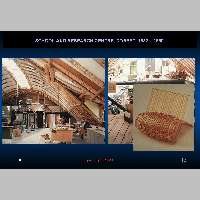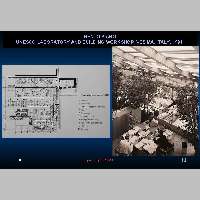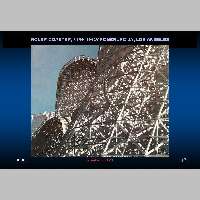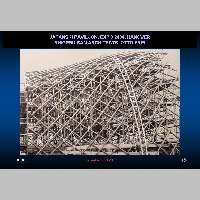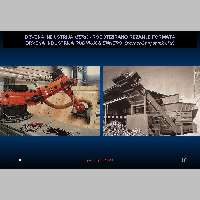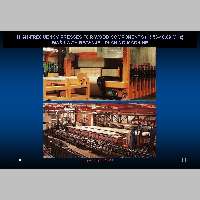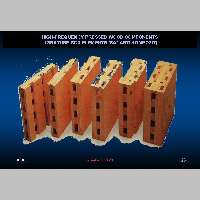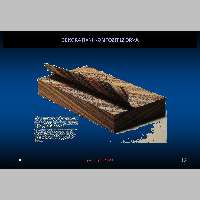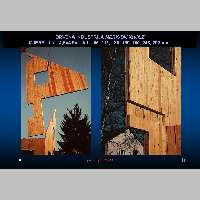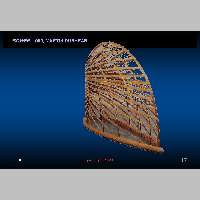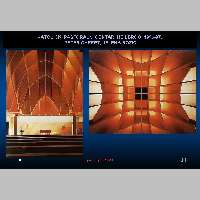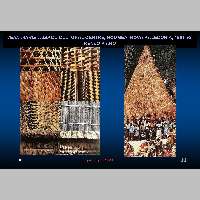

 dr Aleksandar Homadovski, Zagreb
dr Aleksandar Homadovski, Zagreb
Vernacular Origins of New Technologies in the Construction of Wooden Structural Networks and Compositesa
The paper describes the application of various technological trends in architectural design enriching the wooden-construction tradition while explaining several inherited wooden-construction forms, such as the Ballon frame, and their evolution through the introduction of new production technologies, such as high frequency presses or HFP, and construction techniques, such as full-wood constructions (Konstructions-Voll-Holz) or KVH. The development of wooden composite materials and structural networks is due to the transfer of the knowledge acquired in several industrial branches, such as metallurgy and ceramics, resulting in the improvement of wooden-construction, insulation and tile industries. The design aims at testing new technologies through changes from linear wooden constructions and details into three-dimensional, i.e. space structures. The peculiarities of wooden-construction concepts can be observed in wooden vernacular forms throughout the world, their modern architectural and design applications, innovative use of new technologies revolutionising the construction production and the flexibility of such constructions, which, in this way, are being adapted, to the conditions governing in their surroundings.
The paper concludes with an observation of the impact of the new
technologies on the tectonics in architectural compositions, thus giving way to new opportunities and challenges for vernacular architecture. The presentation focuses on a sample of twenty projects, while attempting to evaluate their importance for the architectural heritage of the 20th
century.
 complete paper in Croatian language
complete paper in Croatian language
Za povečavo kliknite na sliko
Click on picture to enlarge


 dr Aleksandar Homadovski, Zagreb
dr Aleksandar Homadovski, Zagreb


